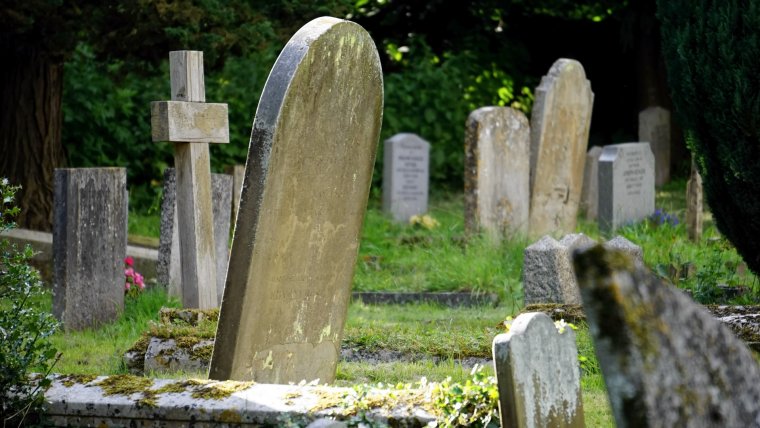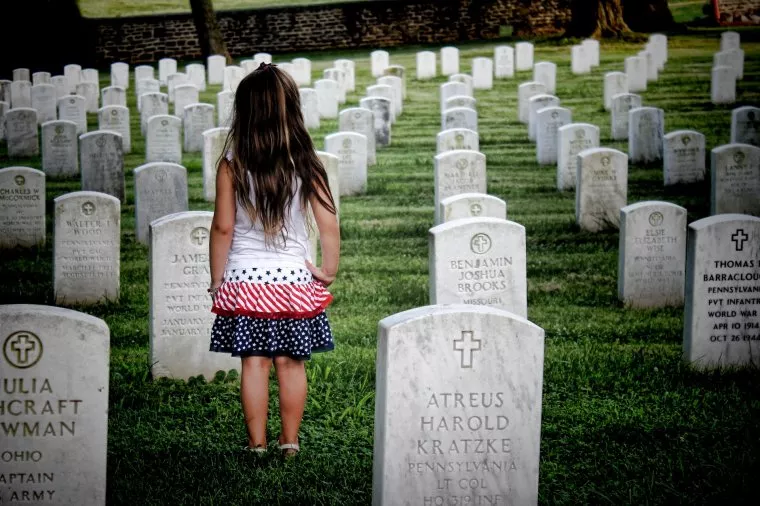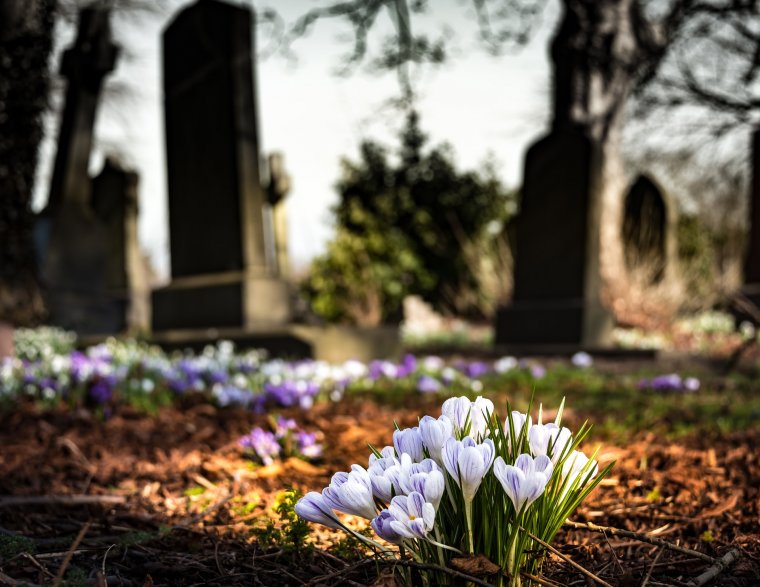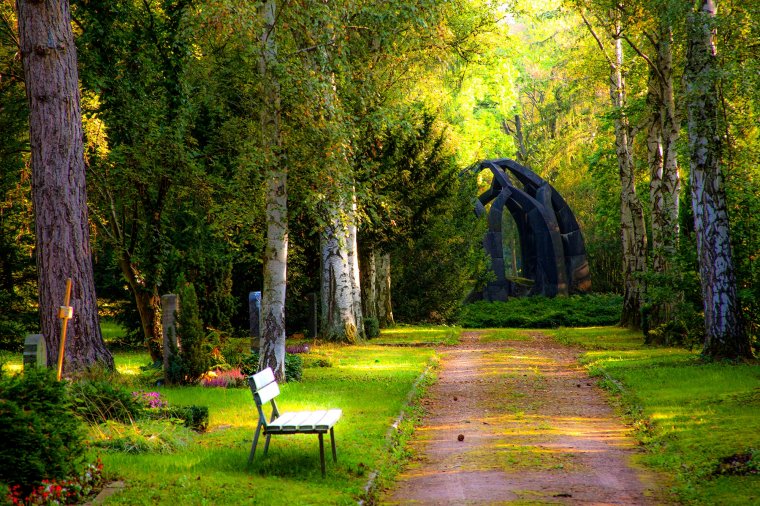
As photographers, we are often granted the privilege of being placed in many complicated and sensitive situations. In these situations, we still have to find a way to complete the task at hand along with being aware of what’s happening around us. In this article, I will be giving you a few tips as to how you go about photographing a funeral ceremony. Life is such a precious and amazing gift to have but like everything else beautiful in this world, it comes to an end. The end is not often foreseen or predicted and as a result, you will see where loved ones are snatched from the lives of others. There are many who would not like this grief to be documented at the ceremony and then there are some clients who wish to hold on to the memory and celebrate the life of the loved one lost. Make no mistake, regardless of the relative of the family member who hired you to document this celebration, there are still others who would strongly disagree. Many may even regard it as cruel for capturing people during their time of grief but at the end of the day, someone has to get the job done.
Table of Contents
This tip kinda goes without saying, as you know the nature of the event. There may be times you get caught up in catching a shot but always try to remind yourself to keep a distance between you and your subject. You don’t really want to be all up in their face with your camera trying to capture them in what can be described as the worst time. Do everything in your power to pretty much become invisible and not draw too much attention to yourself. Grief can be translated or rather transformed into anger pretty easily and you do not want to be the target of a family member during their time grief.

Try not to doubt your abilities or skills too much when providing photography for a funeral. Always be confident and believe you have the ability to get the job done. The task might seem a bit scary or rather weird but in the field of photography, almost everything can be subjected to documentation. You will be in an environment filled with emotion so if you feel like you need to take a 10-minute break from the ceremony then do so. Take a few deep breaths and keep in mind that you are capable of anything, including carrying out this task for the family of the deceased.
Try your best not to seem as if you are callous and insensitive. This can be communicated to the individuals at the ceremony in a very unintentional way. Therefore upon approaching the location of the ceremony, don’t enter with your equipment in hand. Try to introduce yourself first and pay your respects to the family of the deceased along with any other friends that might be present. This will initiate comfort and understanding as to why you are there and leaves less room for assumptions or tension.

Other than a telephoto lens, nothing else really draws more attention to you in a split second than using flash. It ultimately defeats the purpose of trying to stay invisible amongst the friends and family at the ceremony. Try to use all the natural light as much as possible to capture what you need. Funeral ceremonies are usually carried out during the day and ends at sundown. So you should have some natural light to use to your advantage depending on the nature of the location the ceremony is being held. Worst case scenario and you have no other choice, try to be as subtle and not use it too often throughout the ceremony. If a shot can be captured without the use of flash then do it and if not then try to do what’s absolutely necessary.
Always try to have an open line of communication with the person who hired you to photograph the funeral. This is to essentially understand their expectations and to also give a clear understanding as to what is off limits. For example, a client may want the ceremony to be captured but they would not like to see any images even remotely showing the body of the deceased. This open line of communication helps you to get your job done a lot better, faster and may even assist you in staying more in the background and not seen.

A general lens that could be used throughout the event is 50mm f/1.4 or 50mm f/1.8. These lenses will provide maximum performance in the event of low light situations and will, of course, create that signature blurred background to give your images a more dreamy and soft look. Another lens that can’t hurt to have on your person in the event of family shoots is the 24mm f/2.8. This will, of course, help when shooting family photos, giving you enough width in your shot. You don’t want to travel with anything too bulky that will draw the attention of others at the ceremony so try to keep the lenses small and simple.
Photographing a funeral is a great privilege as you are trusted to capture the last goodbye to a loved one. These images no matter where they end will be something that your clients look back on and appreciate the time they had with that person. Life is fragile and often not appreciated as much as it needs to be as we forget that we are on borrowed time. Make an impact and be happy during your time as we never know the second or the minute that will be our last. I hope this article as help you to complete the task at hand and until next time, thank you for stopping by
Comments (1)
Thank you for putting this together. I was just asked to photograph a celebration of life. Finding this article was perfect perfect for me.